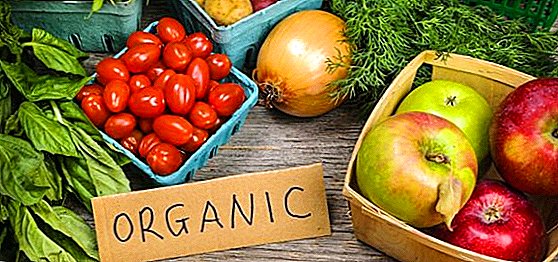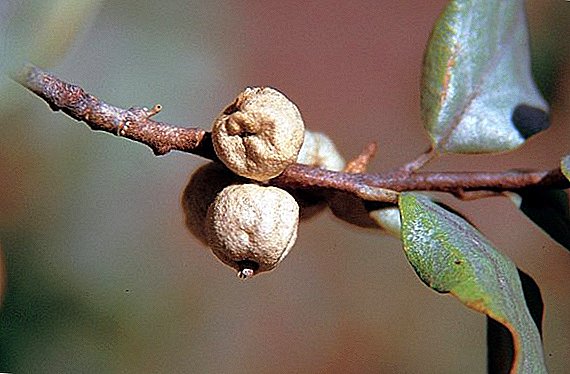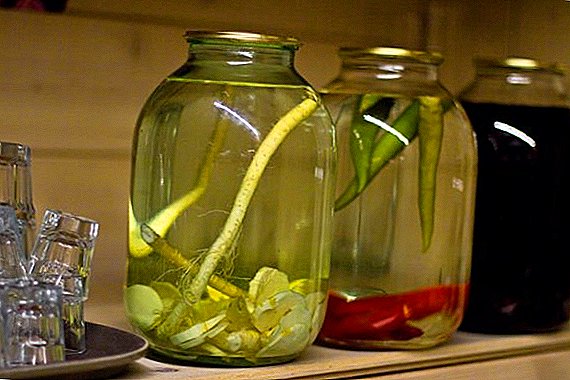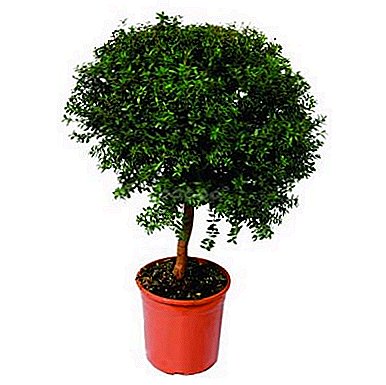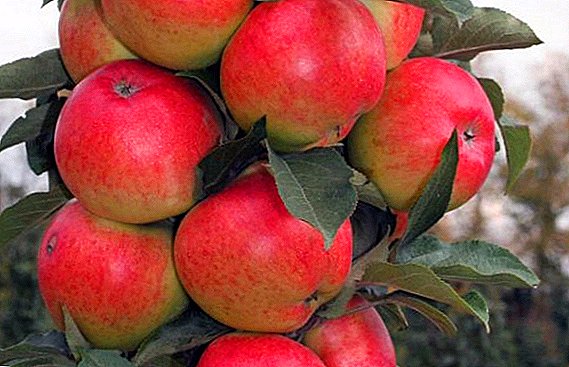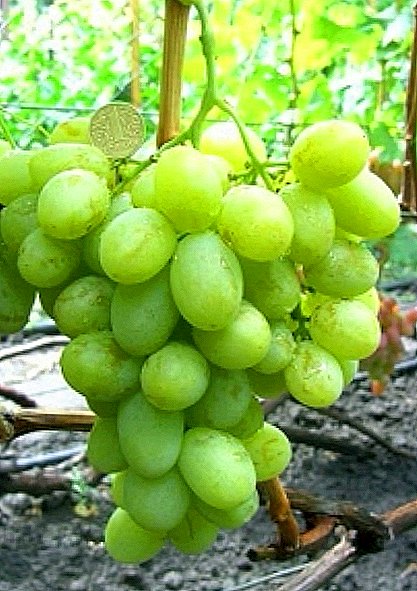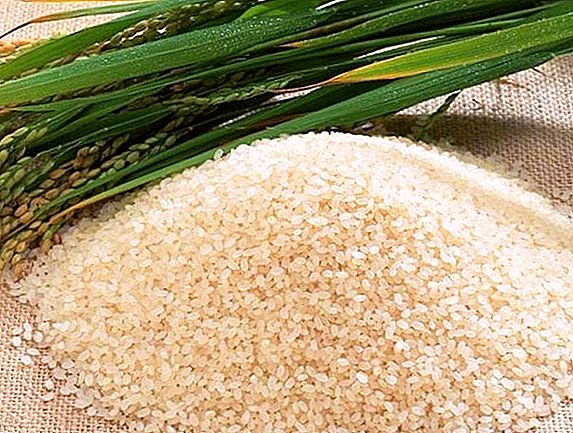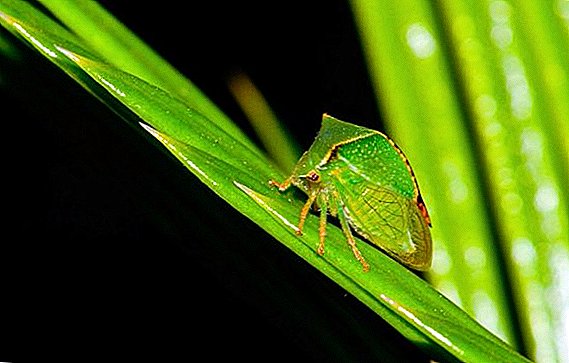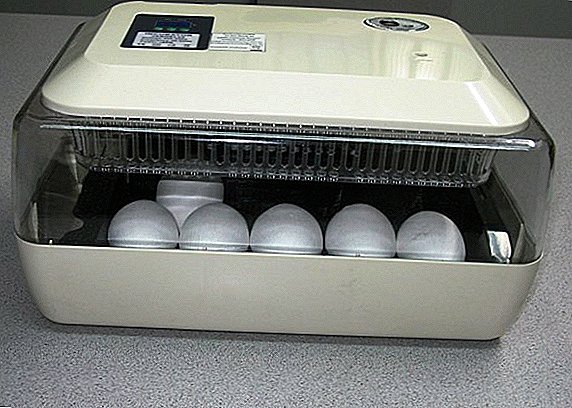 Domestic poultry is a very popular branch of agriculture, poultry is grown for meat and eggs. That is why small private farms are interested in purchasing reliable, inexpensive and easy-to-operate incubators.
Domestic poultry is a very popular branch of agriculture, poultry is grown for meat and eggs. That is why small private farms are interested in purchasing reliable, inexpensive and easy-to-operate incubators.
To date, many devices for incubating poultry are on sale, but we will consider in detail all the advantages and disadvantages of the "Janoel 24" incubator.
Description
Incubator "Janoel 24" is automatically produced in China, it can be purchased at specialized agricultural equipment stores or ordered on the Internet. The device is used for breeding poultry. This is a necessary device for poultry farmers.
Using this home incubator model, you can breed chickens, ducks, geese, turkeys and quails. The model is very convenient to use, compact and affordable.
The following incubator models are suitable for home conditions: "AI-48", "Ryabushka 70", "TGB 140", "Sovatutto 24", "Sovatutto 108", "Nest 100", "Laying", "Perfect hen", "Cinderella" "," Titan "," Blitz "," Neptune "," Kvochka ".
The device is equipped with an automatic egg flip, sensors monitoring the temperature and humidity. With their help, the microclimate inside the incubator is excellent for incubating healthy avian young.

The model is quite simple, the lower part of the case is also an incubation chamber, which is well ventilated during operation.
Did you know? The continuous process of laying eggs in chickens can be interrupted by moulting, lack of daylight in the winter, disease, poor nutrition, stress, abnormal heat, or lack of drinking water. As soon as deviations in the bird-keeping regime are eliminated, the chickens will return to the normal rhythm of the clutch.
Specifications
- The weight of the device is 4.5 kg.
- Power consumption - 60≤85W.
- Dimensions - length 45 cm, width 28 cm, height 22.5 cm.
- The operating voltage is 110 V ... 240 V (50-60 Hz).
- Fully automatic masonry rotation (two hour cycle).
- Fully automatic temperature control.
- Built-in fan for air circulation.
- Tray for eggs.
- Net pan.
- Device to control humidity (hygrometer).
- Thermometer with a temperature range from +30 ° C to +42 ° C, with an accuracy of 0.1 ° C.
- Attached is a guide to incubating various types of birds and operating the device.
- The cover has a digital display, which displays the readings of the internal temperature and humidity.
- A special syringe is attached to fill the tank with water without opening the lid of the device.

Production characteristics
During one incubation cycle, a rather large number of chicks can be bred in the device. The attached tray is only suitable for chicken eggs, since the diameter of the cells is too small or large for the eggs of another bird. To bring out geese, ducks, quails, you need to lay eggs on a mesh plastic tray.
During the incubation, the poultry farmer does not have to interfere in the technical process; all actions of the device are initially programmed. Each bird species has its own time and temperature schedule.
In the incubator placed bird eggs:
- chicken - 24 pieces;
- ducks - 24 pieces;
- quail - 40 pieces;
- goose - 12 pieces.
Did you know? Most breeds of chickens carry the maximum number of eggs only in the first two years of life. As the chicken ages, the number of eggs begins to decline. Chickens older than two years of age may continue to moderately continue up to five years.
Incubator Functionality
The device is equipped with a heating element, whose operation is programmed to ensure that the temperature inside the incubator remains stable. The desired incubation temperature is pre-set, focusing on the temperature schedule for breeding this bird breed (geese, chickens, quails, ducks).

The temperature inside the incubator is measured using a thermometer that reads the heat from the top of the eggs, which provides the ideal temperature for "hatching" the clutch.
The humidity control device is located inside the incubator. For its smooth operation, you must regularly add water to the water channels located on the inner bottom of the apparatus (at the bottom). These water channels can be filled without opening the incubator lid.
To do this, use a special plastic syringe bottle filled with water. The nozzle of the syringe bottle is inserted into the hole located on the side of the outer wall of the device, and the bottom of the soft bottle is pressed. From the mechanical pressure of the water begins to move and with force is fed into the holes for water.
Learn how to properly incubate chicken, duck, turkey, goose, quail, and indoutin eggs.
Janoel 24 is equipped with an adjustable vent that can be closed during a power outage to keep the heat inside the incubator as long as possible. The device provides forced air circulation.
There is a wide overview panel located on the upper side wall of the housing. Using this viewport, the poultry farmer can visually monitor the situation inside the incubator. When laying eggs, it is possible to remove the automatic swivel tray, and place the eggs on a spacious tray.

The model is made of high-quality plastic, it can be easily disassembled into its component parts (the main parts of the body, pan, swivel tray) and is washed. At the top of the case is a digital display. The display shows the temperature and humidity readings inside the incubator.
Did you know? The intensity of the color of the shell can vary depending on various factors: the age of the chicken, the type of food, the temperature and the lighting.
Advantages and disadvantages
The positive sides of this device include:
- reasonable price;
- simplicity and ease of use;
- small weight;
- low power consumption.

Disadvantages of this model:
- the absence of additional cells with different diameters (for geese, quails, ducks);
- lack of internal emergency battery;
- easily damaged plastic case;
- small capacity.
Learn more about thermostats and ventilation in the incubator.
Instructions on the use of equipment
In order to successfully breed chicks, the incubator user must adhere to some rules.
Where to get the eggs:
- Eggs of the necessary breeds of poultry cannot be acquired in food stores, it is useless to lay them in an incubator, as they are sterile.
- If hens with a rooster live in your yard, then their eggs are ideal for incubation.
- If there are no domestic eggs, contact farmers with breeding birds for a purchase.

What time can be stored before laying in the incubator
Eggs to be incubated should be stored no more than ten days. During storage, they should be at a temperature of +15 ° C and a relative humidity of around 70%.
Learn how to store goose eggs for an incubator, how to lay chicken eggs in an incubator.
How many days incubation lasts:
- hens - 21 days;
- partridges - 23-24 days;
- quail - 16 days;
- pigeons - 17-19 days;
- ducks - 27 days;
- geese - 30 days.
- in the first days, the optimum temperature will be +37.7 ° C;
- in the future, it is recommended to lower the temperature slightly.
- during the first few days, the humidity should be between 55% and 60%;
- in the last three days, the humidity increases by about 70-75%.

When choosing the temperature and humidity, the poultry farmer should be guided by the attached table of temperatures for the output of various bird species.
Did you know? The embryo of the chick develops from the fertilized egg, the yolk provides nourishment and the protein serves as a pillow for the embryo.
Preparing the incubator for work
The instrument is assembled as follows:
- In the lower part of the body (in special gutters at the bottom) water is poured. On the first day, 350-500 ml of water is poured, after which the water reservoir is replenished daily with 100-150 ml. The poultry farmer must ensure that the water tank is always full.

- The mesh pallet is installed with a smooth surface upwards. This is important if the eggs are not placed on a special tray, but on a tray. The smoothness of the surface will ensure uninterrupted rotation (roll) of eggs. If you plan to lay eggs on the tray, it does not matter which side (smooth or rough) the tray is installed.
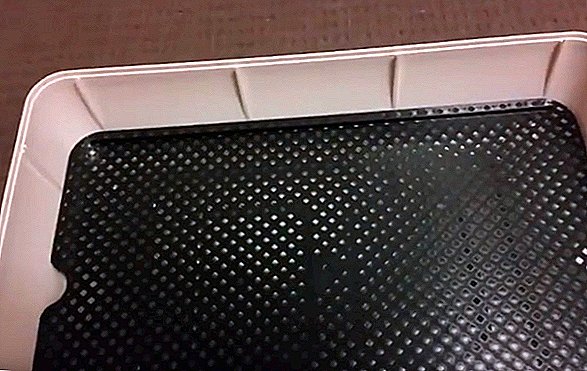
- Tray for the automatic laying of the laying set on the pallet.
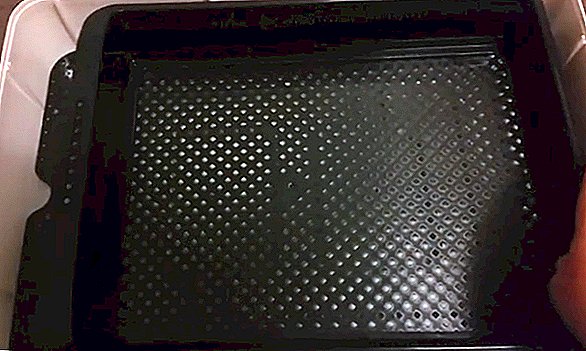
- After filling the tray, the poultry farmer must connect the rod (protruding from the inside of the upper part of the body) and a special groove on the tray of the automatic coup. This will ensure a regular flip every two hours. A full cycle of coup takes place in four hours.
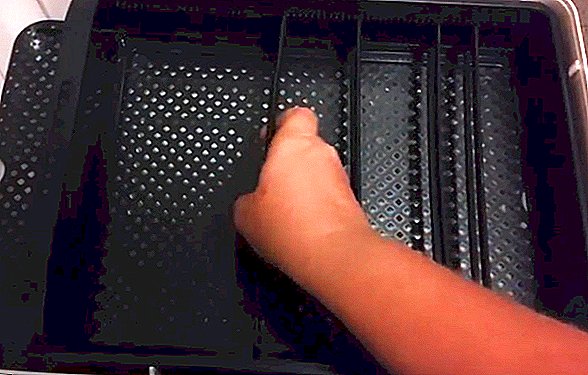
- The upper part of the incubator is placed on the bottom. In this case, it is necessary to ensure that the parts are connected tightly, without gaps.
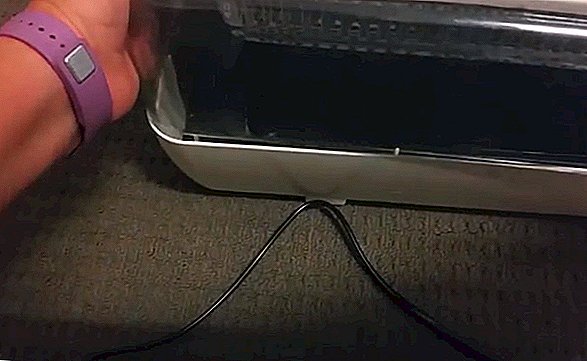
- An electrical cord is connected to the outer part of the case, and the device is plugged into an electrical network.
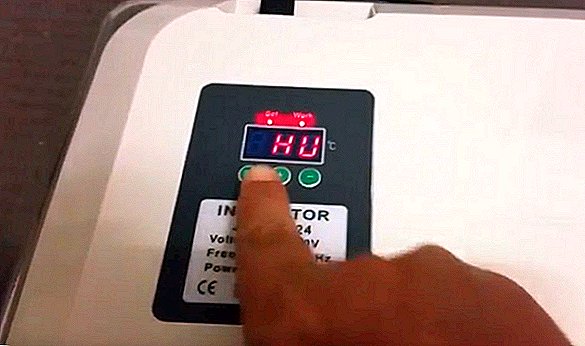
It is not advisable for a beginner poultry farmer to change the factory settings of the incubation, the device is initially set up so as to obtain the most favorable climate for a full hatch of chicks.
Important! On the outside of the incubator housing cover there is an air vent. The poultry breeder should ensure that the last three days of incubation, it was completely open.
Egg laying
- Tray is filled. Special plastic partitions are installed between the egg rows. At the end of each row there is a gap between the side and the last egg. This gap should be 5-10 mm wider than the diameter of the middle egg. This will ensure smooth and smooth laying of the wall during the automatic tilt of the tray.

- Experienced poultry farmers mark eggs laid in an incubator with a soft rod with a soft rod. For example, eggs are painted on one side with a cross, and on the other side there is a toe. In the future, it will help control the laying of the masonry. Among the turned over laying on each egg there will be an identical sign (a dagger or a zero). If on any egg the drawn sign is different from the others, it will mean that the egg has not been turned over, and it must be turned over manually.
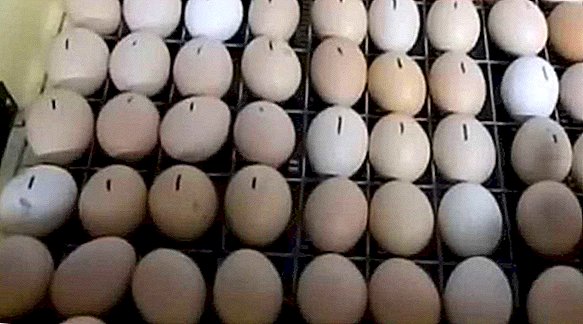
- If the incubator does not work, then check the fuse located in the back of the upper case. The fuse has probably blown and needs to be replaced.
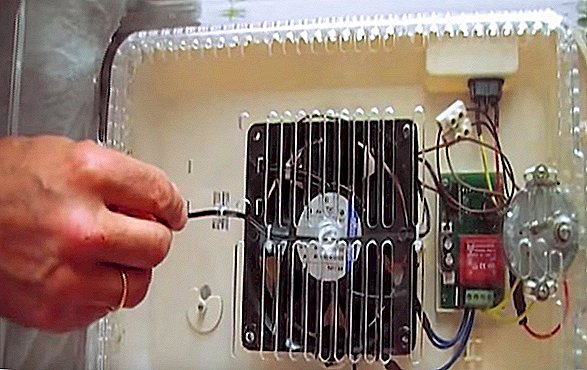
Important! In the Janoel 24 incubator, the automatic coup device is powered by electricity. In the event of a power outage, the farmer is advised to manually turn the eggs.
Incubation
The farmer must not leave the incubator without daily supervision. In order not to miss the time of hatching chicks - it is important to know the exact day when the eggs were placed in the incubator. For example, incubating chicken eggs takes 21 days, which means that the hatching time falls on the last three days of incubation.
It is also necessary to monitor the readings of humidity and temperature. Watch the turn of the eggs, if they are seen not inverted - they must be flipped manually.
After the first week of incubation, it is necessary to check all the clutches on the ovoscope. Ovoskop allows you to detect barren and spoiled eggs. The ovoscope is designed in such a way that the light from inside the dark space illuminates the egg on the pedestal and, as it were, exposes everything that happens in the shell.
 It looks like an egg when ovoskopirovanii on different periods of incubation
It looks like an egg when ovoskopirovanii on different periods of incubation
A living embryo looks like a dark spot from which blood vessels emanate. Dead embryo looks like a ring or a strip of blood inside the shell. Infertile do not contain embryos, which can be clearly seen during translucence. If, as a result of the test, bad or infertile eggs are detected, they are removed from the incubator.
Learn how to choose the right incubator for the house, how to disinfect the incubator before laying eggs, whether it is worth washing the eggs before incubating, what to do if the chicken cannot hatch itself.
Hatching chicks
The last days before the end of the incubation process, the poultry farmer should constantly inspect the laying through the viewing panel, as well as listen to the squeak of chickens beginning to hatch. On the last day of incubation, chicks will peck at their shells in order to be able to breathe after breaking the internal air bags under the shell.
From this point on, the poultry farmer must carefully monitor the incubator in order to get out of it the hatched chicks in time and help the weaker birds to destroy the hard shell.

From the beginning of the appearance of the chick squeak to the complete release of the chick from the shell can take about 12 hours. If some chicks have not been able to hatch over twelve hours, they need help. The poultry breeder must remove the top of the shell from such eggs.
Did you know? Chickens are considered young during the first year of life or until they begin laying eggs. Young chickens start to be born at the age of 20 weeks (most breeds).
Preliminary preparation:
- A couple of days before the beginning of the tilting, the poultry farmer must prepare a cozy, warm and dry house for the bird's babies. As such a house fit a small cardboard box (from under the candy, from under the cookies). Cover the bottom of the box with a soft cloth.
- A 60-100 watt light bulb hangs low over the box. The distance from the bulb to the bottom of the box should be at least 45-50 cm. When turned on, the bulb will serve as a heater for birds.

As soon as the nestling hatch, it is transplanted into a cardboard "poultry house." Wretched and wet, after a few hours of heating, under a switched on electric lamp, the nestling turns into a fluffy yellow ball, very mobile and squeaky.
In chicks, every 20-30 minutes, the active period gives way to sleep, and, falling asleep, they stumble into a close fluffy pile. A couple of hours after hatching, the chicks can put water to drink in a non-sprinkling drinker, as well as pour a little small dry food (millet) under the feet of the fabric mat.
Device price
In 2018, the incubator "Janoel 24" automatic can be purchased:
- in Russia for 6450-6500 rubles (110-115 US dollars);
- Ukrainian consumers need to order this model on Chinese sites (AliExpress, etc.). If you find a seller who provides free shipment from China, then such a purchase will cost about 3000-3200 hryvnia (110-120 dollars).
Did you know? Chickens will be born, even if there is not a single rooster in the chicken herd. Roosters are only needed for the fertilization of eggs.
findings
Judging by the characteristics presented, this is a pretty good incubator and quite affordable for the average incomer. It is easy to operate: in order to successfully incubate, the consumer rather accurately follow the enclosed instructions.
With careful and careful use, "Janoel 24" will automatically serve at least 5-8 years. Among the domestic low-cost incubation devices of similar design and price range, one can pay attention to the incubators "Teplusha", "Ryaba", "Kvochka", "Chicken", "Laying".
By purchasing this model of incubator, the poultry farmer will be able to annually provide his compound with young bird stock. After a year of operation of the device, the cost of purchasing it will pay off, and starting from the second year of operation, the incubator will be profitable.
Video review of the incubator for eggs "Janoel 24"











